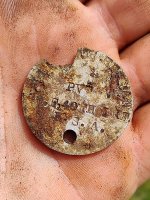naturegirl
Bronze Member
- Mar 21, 2009
- 2,356
- 402
Hi guys! Buckshot and I got to walk a creek today and found more flakes than we ever have. I was enjoying that, but he kept saying there has to be something here. About the time I was saying you know they always say on TNet, if there's flakes keep looking, there's probably a point. Buckshot said "Insitu!" Pretty dang cool if you ask me. It's got a funny twist to it, I hope the last picture shows that. He's looking at the Overstreet book, and thinks it might be neosho. What do y'all think? I feel like it's Kay county chert, and it has a fossil in it that i don't know if the picture shows. It was a good three hours of hunting, found two old dump sites also. Thanks for looking. Has it been re-worked?
naturegirl
naturegirl
Attachments
Upvote
0


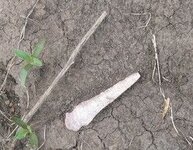
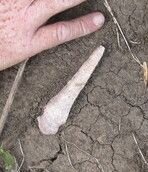
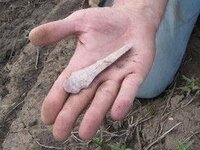
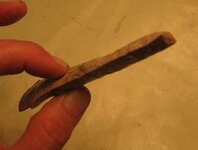
 !
! 

